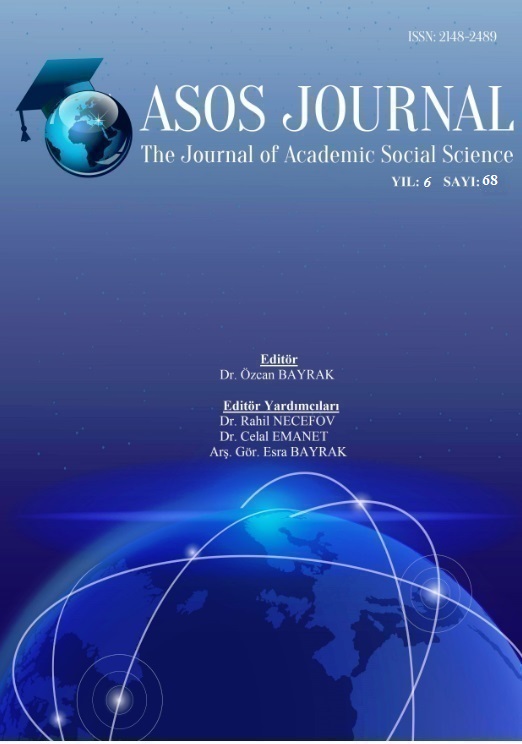Author :
Abstract
Boşluğun anlamı tarihsel süreçte inanç ve kültürel farklılıklara bağlı olarak değişiklik göstermiştir. Doğu kültüründe yaşamın anlamını sorgularken var olmanın özündeki gerçeğe ulaşma, batı kültüründe zaman, mekan ve hareket kavramları üzerinden bir algılama, uzak doğu kültüründe ise boşluk kutsanan bir değer olarak karşımıza çıkar. Bilim ve felsefe alanında gerçekleşen değişimler sanat ve sanatçıları etkilemiş bu değişimler doğrultusunda sanatçılar resim düzleminin boşluğunu olduğu kadar uzaysal boşluğun gizemini de sorgulamışlardır. Sarmal imgeler, nebulalar, metaforlar ve gök ile ilgilenen sanatçıların temel konseptini, kozmos oluşturmuştur. Sanatçılar çoğu zaman kozmos ile ilgili verileri bilim adamlarından önce keşfetmişlerdir. Örneğin Dante’nin İlahi Komedya’sında kuzey yarı küre takım yıldızları ile ilgili şaşılacak derecede modern zamanların gözlemlerine yakın bilgilerle karşılaşırız. Rönesans ile başlayan doğaya yeni bakış, hem resim yüzeyine boyut getirmiş hem de sanatçıların farklı konulara yönelmelerini sağlamıştır. 20.yy sanatına gelindiğinde boşluğun kendisi sanat yapıtı olarak sunulmuştur.
Keywords
Abstract
The meaning of space has changed in the historical process depending on beliefs and cultural differences. While questioning the meaning of life in Eastern culture, reaching the truth in existence, perception in western culture through concepts of time, space and motion, and space in far eastern culture comes out as a blessing value. The changes that took place in the field of science and philosophy affected the arts and artists, and in the direction of these changes, the artists questioned the mystery of the spatial space as much as the space of the picture plane. The cosmos has created the basic concept of spiral images, nebulae, metaphors and artists interested in the sky. In fact, artists have often discovered many cosmological data prior to scientists. For example, in the Dante’s “Divine Comedy” we confront definition of constellations of the Northern Hemisphere very close to modern time observations. A new look towards nature starting with the Renaissance has brought dimension to the painting surface and has enabled the artists to orient themselves to different subjects. When it reached to 20th century art, space was presented as artwork itself.
